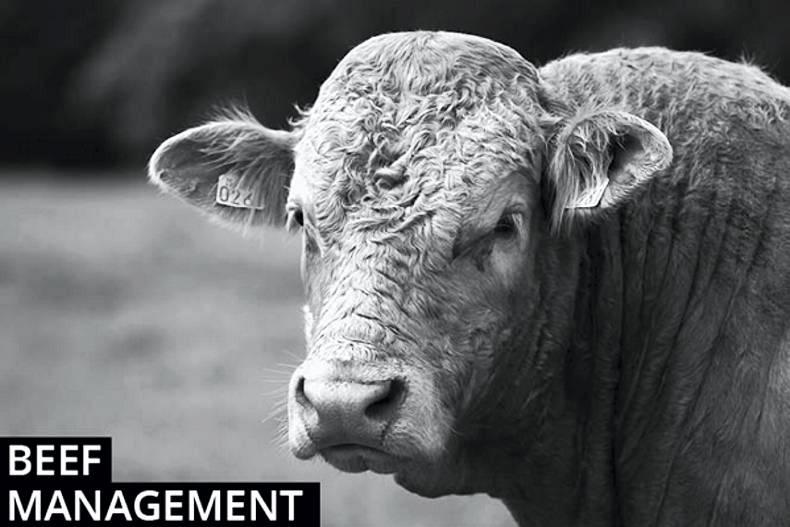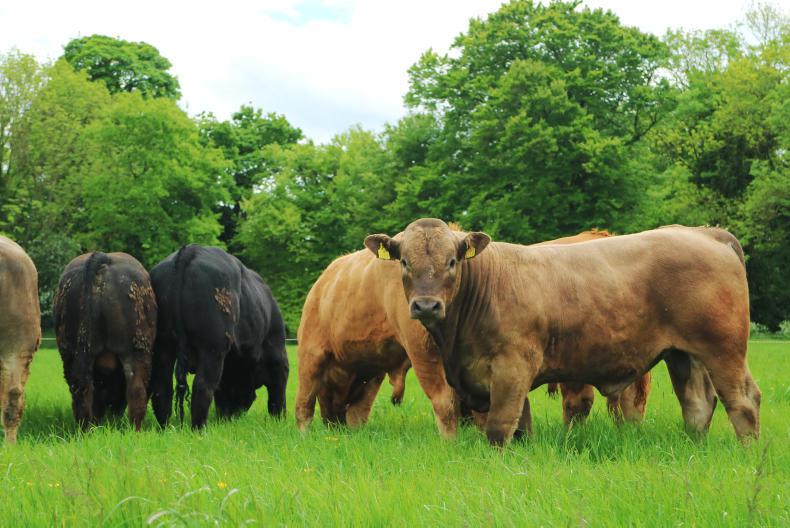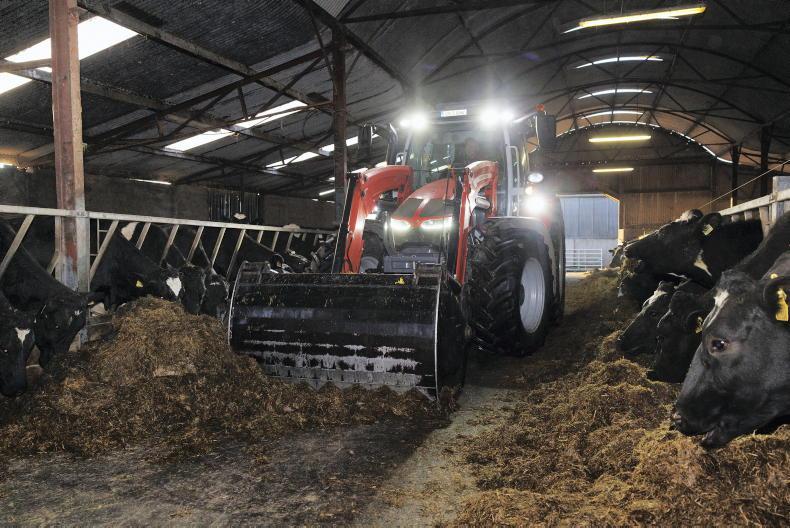Coughing and pneumonia: I have been contacted by quite a few farmers in the past few weeks who are having issues, particularly with weanlings that had been dosed in September. If they are coughing a lot, especially after short runs, then it may be necessary to dose again against lung worms prior to housing. It may also be worth changing the dosing product used and/or the administration type. Consult your vet if you are in doubt. If you are considering housing weanlings that are coughing, avoid dosing directly at weaning (wait for a few days). This will increase stress on the animal and along with this, if there is a worm burden, dosing can lead to increased coughing as the animal coughs up dead worms. Combined with housing, this can leave the calf more susceptible to respiratory illness.
The current spell of mild days, cold nights and little breeze is having an impact on cattle both indoors and out. Ventilation rates in sheds are reliant on the stack effect along with forced ventilation from wind. With calm conditions, ventilation rates, particularly in sheltered sheds, are low. To minimise the risk of pneumonia outbreak, house weanlings in small batches at a time. If there are ongoing issues, investigate and put a plan in place.
Read more on pneumonia
Calf and weanling pneumonia, by UCD vet Eoin Ryan
Pneumonia in cattle a complex story
Breeding indoors: Most early autumn-calving herds have now started breeding or will start in the coming weeks. With cows at grass on drier farms in the south in the past few weeks, stock bulls have been used. However, with housing taking place on most farms over the course of last week and this week, the breeding focus is turning to AI indoors. The key to high conception rates to AI is achieving high heat detection rates. Cows indoors will not exhibit heats as clearly as those outdoors. Where they have adequate space and where underfoot conditions are not slippery, more expressions of heat will be observed. It is advisable to use heat detection aids (tail paint, vasectomised bulls or bullocks) with cows indoors to help detect those in calf. Where headlock barriers are in sheds, this will help you to use tail paint or chalk on tails daily with little labour input. A vasectomised bull and chin ball may also be a very effective way of heat detection indoors. When moving cows that are in heat from pens to the crush, be safety conscious. Best conception rates have been recorded when AI is carried out 12 to 18 hours after the start of the standing heat.
BCS score cows: Managing cow body condition score (BCS) of the spring-calving suckler cow during the dry period is crucial to a successful calving period next spring. At housing, cows should be grouped according to BCS and divided into two or three groups. Fat cows with a BCS of over 3.5 need to be fed a restricted diet to get her back to the target BCS of 3 for the last two months prior to calving. For more details, see this week’s Focus supplement on indoor management.









SHARING OPTIONS